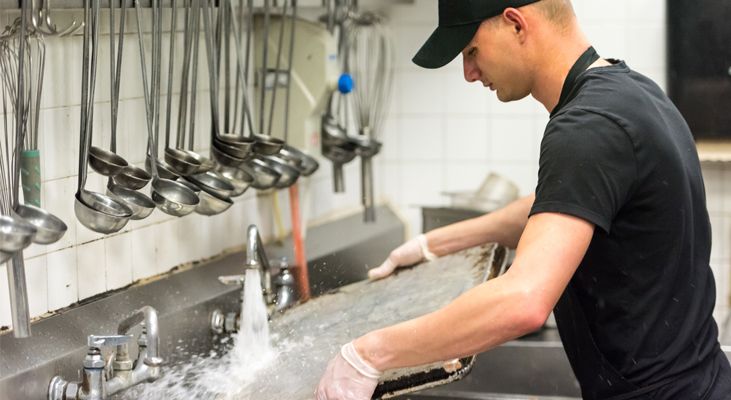Best Practice
The Best Practice series covers specialist topics — site drainage installation, septic tanks, pipe relining and robotic cutting — alongside guides which focus on the needs of specific industries.
In each case, we highlight the dos and don’ts, and offer best practice information for things like maintenance, installation and problem prevention. Essentially, we aim to equip you with knowledge to reduce the risk of drainage-related disasters which could, potentially, affect your staff, customers, tenants, patients, the public — and your business.
We also look at relevant legislation so that you are equipped to manage your drainage appropriately, such as the septic tank sewage treatment plant legislation for example, introduced in January 2015 and now fully implemented, and much more.
For more information, click on the links below. Or to discuss your own requirements, call us on 0800 526 488.
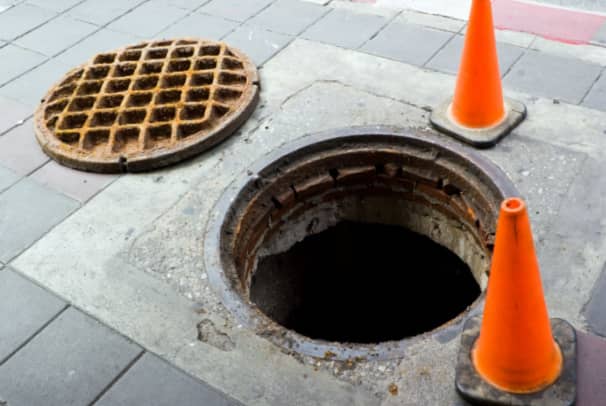
A Guide to Inspection Chambers and Manholes
Inspection chambers, also known as manholes, are an important part of any drainage system. These access points allow drainage professionals to inspect and survey drainage infrastructure and perform essential repairs and cleaning work.
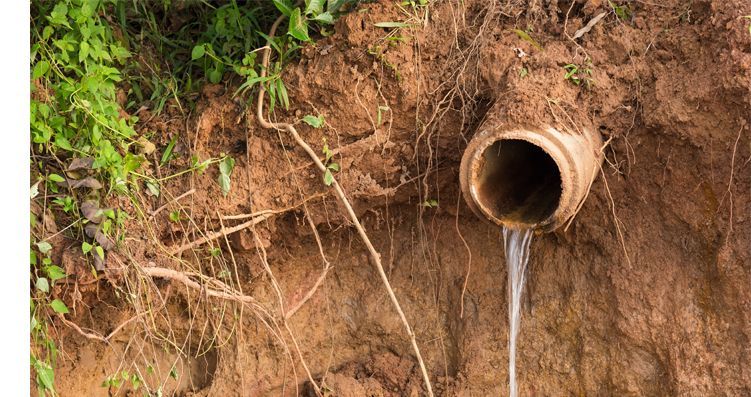
Drainage guide: new builds
To avoid later inconvenience in any new build, the property’s drainage should be future-proofed as far as possible. Find out what that means in this guide which also provides information about the new model of SuDs (sustainable drainage systems) and about pre-existing systems.
Disposal of fat, oil and grease: a guide for the food industry
Many of our sewers were originally designed for a Victorian lifestyle and are unable to cope with 21st century waste habits. Fat, oil and grease (FOG) cause around 80% of sewer blockages, and the effect of FOG in the sewers is evident in the increasing number of fatbergs our drainage engineers tackle every day. Food service establishments (FSEs) dominate many high streets, so making sure your staff understand how to dispose of FOG is crucial to preventing this problem. Businesses who disregard it can face criminal prosecution.
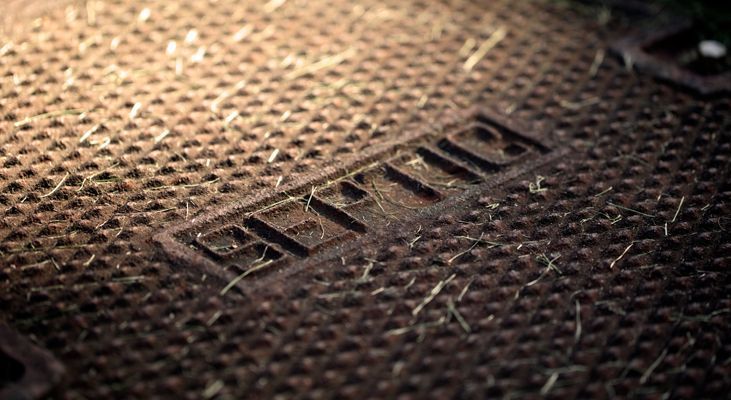 Septic tanks: a guide for property owners
Septic tanks: a guide for property owners
Most properties are connected to the public wastewater system, but any that are not will require a septic tank. Septic tanks collect waste and wastewater, and have to be emptied and cleaned regularly. It is the property owner’s responsibility to maintain the tank and this guide explains how best to do that.
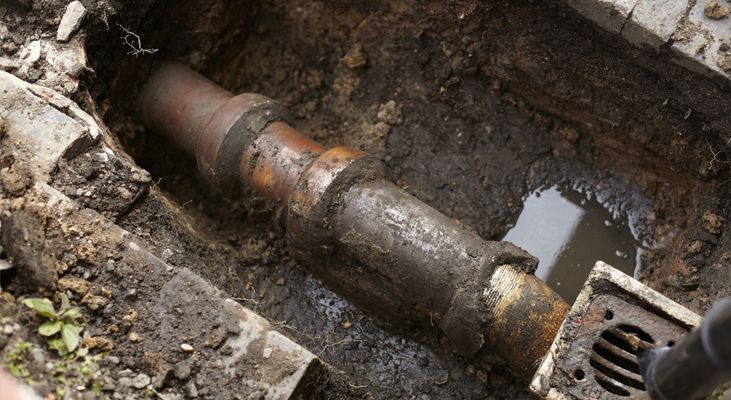 Drainage installation: getting it right the first time
Drainage installation: getting it right the first time
What you should and shouldn’t do when installing a new drainage system. Incorrect installation can mean substandard drainage performance, damage to structure and environment, not to mention inconvenience for the property owner.
 Healthcare
Healthcare
Hospitals operate around the clock, so it is essential that their drainage systems do too. A blocked drain in a busy hospital can cause huge disruption to normal operations, from the closures of wards to whole departments. Hospitals need to be especially vigilant to ensure that users treat the wastewater system properly. This best practice guide for healthcare looks at the implications drain and sewer blockages can have on the NHS and other similar environments.
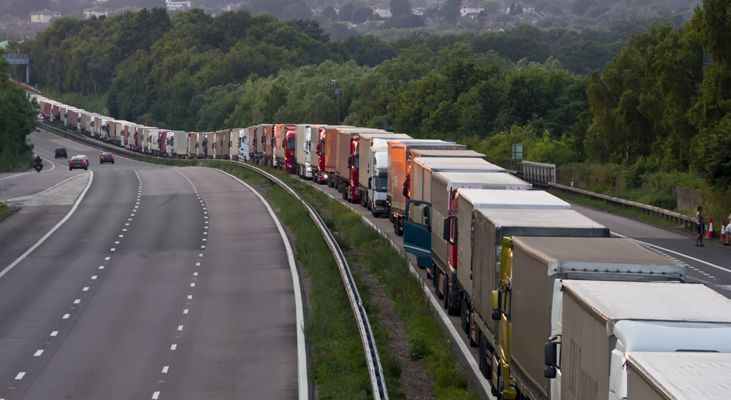 Logistics and Distribution
Logistics and Distribution
Distribution and warehousing sites often expand rapidly with business growth, but the drainage system may be neglected, or left struggling to cope with the additional wastewater traffic. Some drains may even be physically ‘lost’ over time. Many companies follow standards such as ISO 14001, which requires an environmental management policy. We can help by providing drainage asset information and maintenance programmes to avoid pollution incidents.
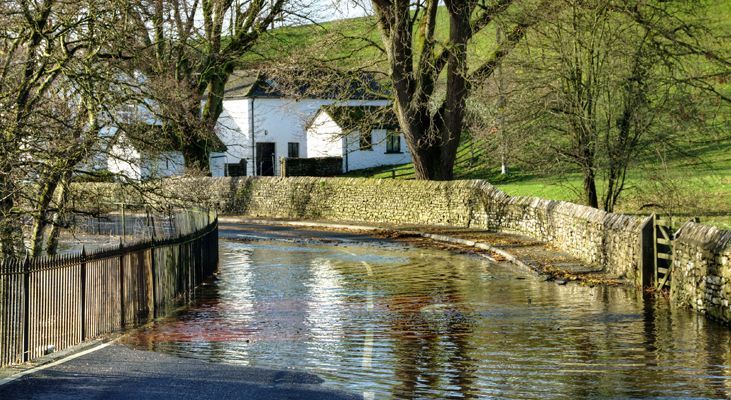 Surface Water and Flooding
Surface Water and Flooding
Surface water, also known as storm or rain water, is channelled into roof gutters, downspouts and road gullies which flow into surface water drains and sewers, many of which will outfall to watercourses. No single body is responsible for managing flooding, but this guide contains information about different types of drainage and how to minimise your flood risk.
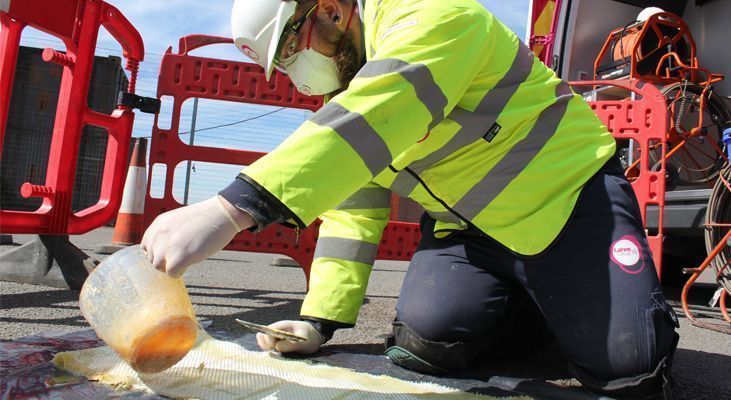 A Guide to Drainage Relining
A Guide to Drainage Relining
Today, our engineers repair drains and sewers without having to excavate. The repair process, known as CIPP (Cured in Place Pipe) lining, involves relining the damaged pipe with a special liner. CIPP minimises the disruption of drain renovation to people, traffic, businesses and the environment.
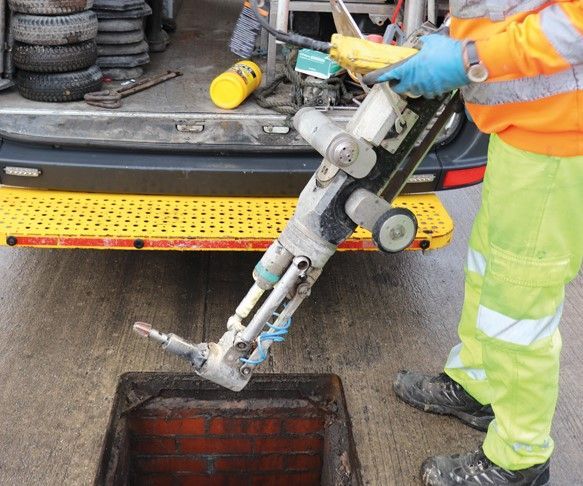 Robotic Cutters
Robotic Cutters
When drain and sewer pipes become blocked, either through inadequate maintenance or obstructions such as cement, concrete, tree roots and the like, robotic cutters are essential weapons in our armoury. This cutting technology lets us rid the pipe of the offending material without causing major disruption above ground. Amongst our case studies there are many examples, such as the removal of a gigantic ‘concreteberg’ from a London sewer.
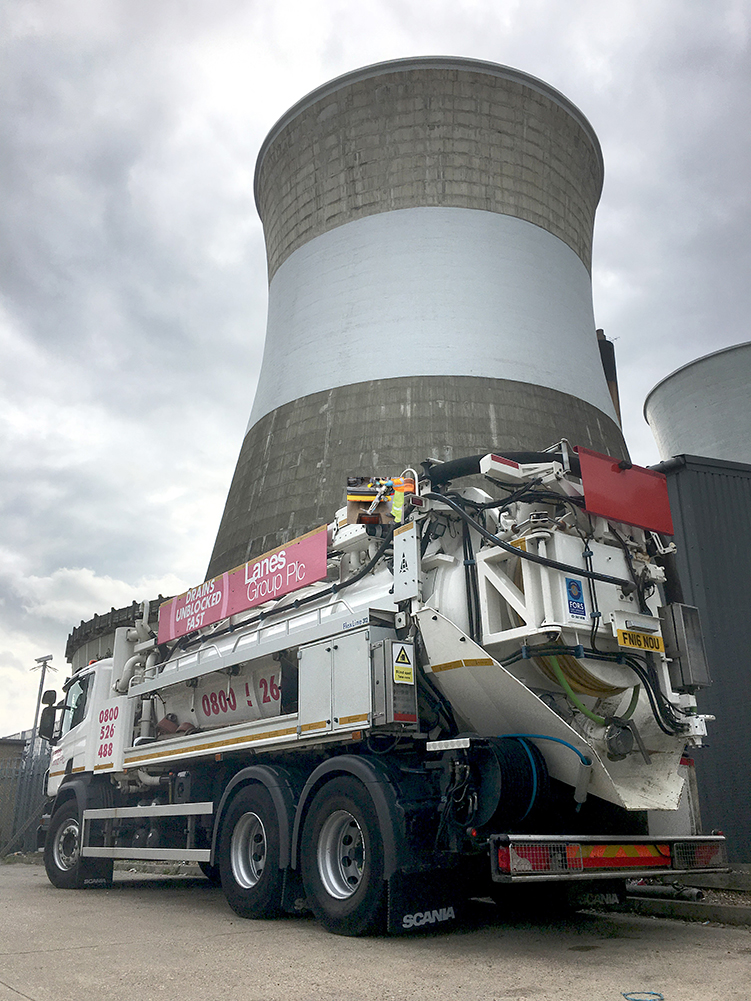 Production and Manufacturing
Production and Manufacturing
Regular maintenance of drainage assets helps ensure that businesses avoid production downtime through unexpected drainage incidents. It means that any necessary remedial work can be planned ahead, during annual shutdown, for instance.
Of course, production and manufacturing sites are many and varied, so there is no ‘one-size fits all’ drainage system. Depending on the nature of the operating plant, you may need special methods of cleaning and disposing of wastewater, so that will need to be factored in to a waste strategy. (Note that ‘drainage’ here refers to all surface water, foul waste and process effluent pipework.)
At Lanes, we understand the wide variation of needs in the production and manufacturing industry. Our best practice guide is the perfect starting point for information about controlling and maintaining your drainage assets. Click through to download it.

